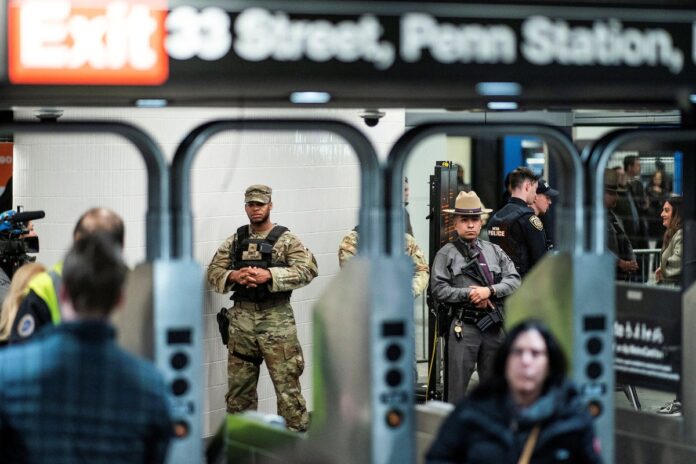In a move that’s sparked debate across New York, Governor Kathy Hochul has opted to significantly increase the presence of state police and National Guard troops in NYC’s subway system. This decision, coming in the wake of high-profile violent incidents, seems more politically motivated than aimed at genuinely improving public safety. With serious crimes in the subway already down by almost half over the last 25 years, and the subway system safer than the city streets, one must wonder about the real intent behind this militarization.
Starting July, the “Georgia Pathways to Coverage” program required individuals to engage in work, education, or other qualifying activities to access healthcare, a stipulation critiqued for introducing unnecessary barriers to essential services. Despite the considerable financial outlay, the program has seen a modest uptake, enrolling only about 3,500 people—far short of the projected numbers.
Critics argue that Kemp’s approach not only creates unnecessary hurdles for those in need but also diverts attention and resources from more effective, humane solutions to healthcare access. Full Medicaid expansion under the ACA, for instance, could extend coverage to hundreds of thousands of uninsured Georgians, offering a simpler and more inclusive path to healthcare. Yet, the state’s leadership remains steadfast in its conservative experiment, echoing a broader ideological clash over social safety nets in America.
This costly venture underscores a troubling trend: investing heavily in administrative and consulting fees while sidelining the actual provision of medical care to low-income individuals. With over 90% of the $26 million spent so far going towards non-medical expenses, questions arise about the efficacy and ethics of such a program. It begs the question—why prioritize complicated, costly initiatives over straightforward solutions proven to improve healthcare access?
As Georgia navigates this contentious path, it’s clear that the debate over Medicaid work requirements is about more than just healthcare policy. It reflects deeper ideological divides, challenges in fiscal responsibility, and the ongoing struggle to ensure equitable access to essential services. Governor Kemp’s experiment is a case study in the complexities and potential pitfalls of reimagining social safety nets, serving as a cautionary tale for policymakers and advocates alike.



